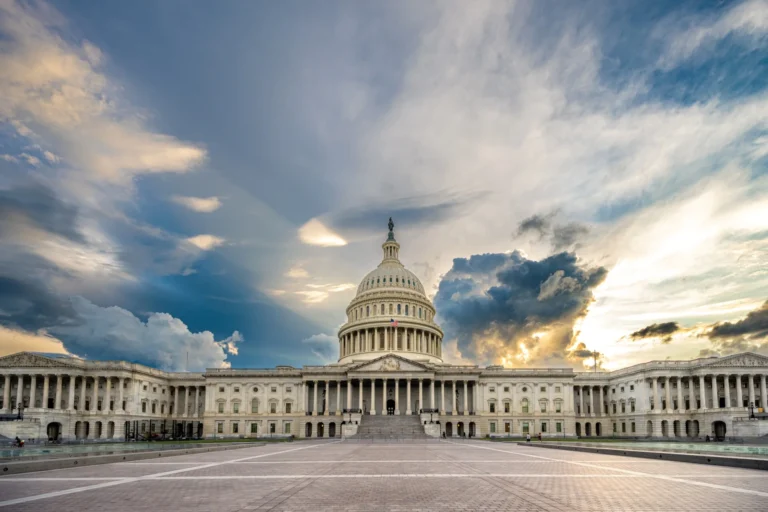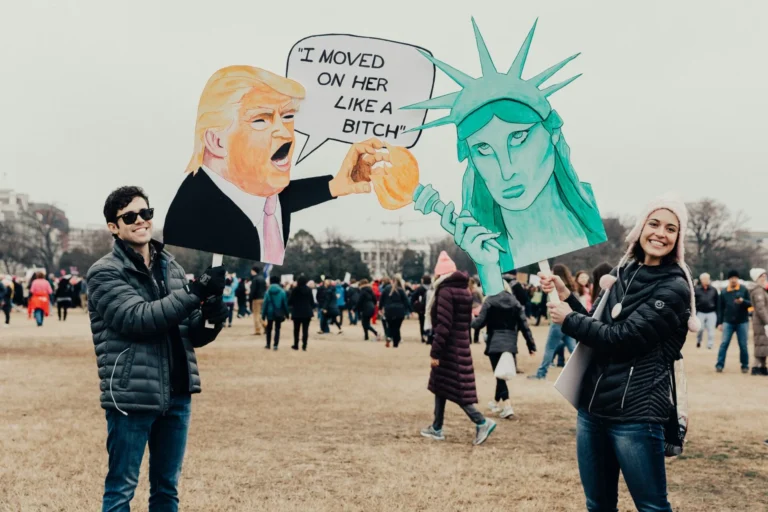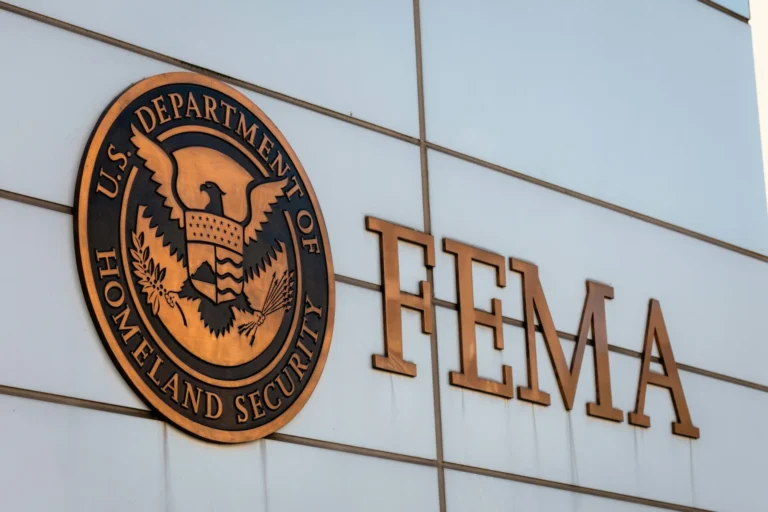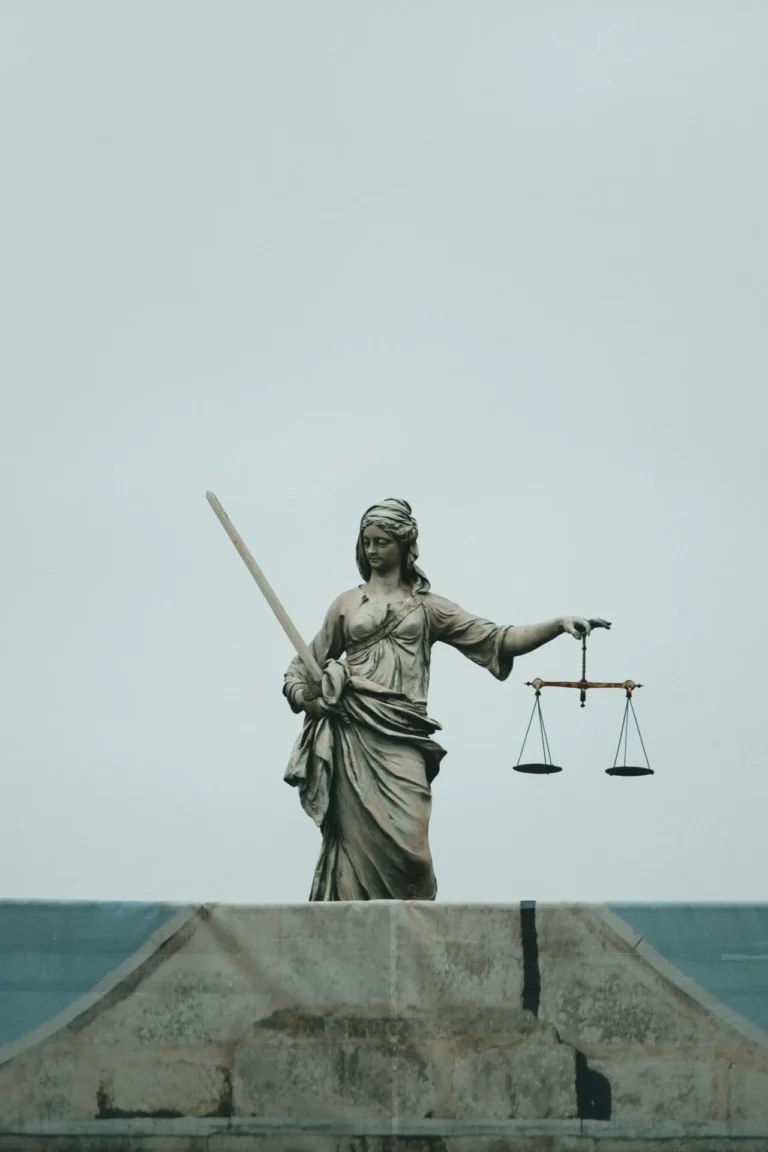A democratic government should not become a ‘hybrid organization …of both the governmental and private sectors.’Why Americans Need To Fear Growing ‘Quasi Government’By Cliff Montgomery – July 5th, 2007What’s dangerous about mixing public and private affairs? We quote from the Congressional Research Service report below:“In recent years, both Congress and the President have increasingly used hybrid organizations for the implementation of public policy functions traditionally assigned to executive departments and agencies.”[These] hybrid organizations [possess] legal characteristics of both the governmental and private sectors.”Hybrid organizations attract both support and criticism. There are today, associated with the federal government alone, hundreds of hybrid entities that have collectively been called the ‘quasi government.'”There is nothing modest about the size, scope, and impact of the quasi government.”The relationship of this burgeoning quasi government to elected and appointed officials is a subject of growing concern, as it touches the very heart of democratic governance: to whom are these hybrids accountable, and how is the public interest being protected over and against the interest of private parties?”The current popularity of the quasi government option can be traced to at least four major factors at work in the political realm:(1) the current controls on the federal budget process that encourage agencies to develop new sources of revenues;(2) the desire by advocates of agencies and programs to be exempt from central management laws, especially statutory ceilings on personnel and compensation;(3) the contemporary appeal of generic, economic-focused values as the basis for a “new public management;” and(4) the belief that management flexibility requires entity-specific laws and regulations, even at the cost of less accountability to representative institutions.”The quasi government, not surprisingly, is a controversial subject. To supporters of this trend toward greater reliance upon hybrid organizations, the proper objective of governmental management is to maximize performance and results, however defined. In their view, the private and governmental sectors are alike in their essentials, and thus subject to the same economically derived behavioral norms.”Critics of the quasi government, on the other hand, tend to view hybrid organizations as contributing to a weakened capacity of government to perform its fundamental constitutional duties, and to an erosion in political accountability, a crucial element in democratic governance. They tend to consider the governmental and private sectors as being legally distinct, with relatively little overlap in behavioral norms.”It was the intent of the framers of the Constitution that the authority and organization of the executive branch be as much as possible unified under the President, and that Congress be the source to which accountability was rendered.”This theoretical proposition was put into practice when the first Congress convened in 1789. One of the first orders of business was the establishment of executive departments.”Three ‘organic’ statutes were enacted creating three ‘great’ departments; Treasury, State and War. The heads of these departments were directly responsible to the President and were his agents (and thus the agency chiefs were removable by him), but ultimately accountable for policy purposes to Congress. All the particular functions of the newly created executive branch, save that of delivering the mails, were entrusted to these departments.”The first substantial breaks with this concept did not occur until the creation of the Civil Service Commission in 1883 and the Interstate Commerce Commission in 1887. Subsequently, more independent regulatory commissions would be added.”The view that all government activities should be accountable in some manner to politically responsible officials received its most forceful iteration in the 20th century in the Hoover Commission report of 1949:”[The] organization and administration of the Government…must establish a clear line of control from the President to these department and agency heads and from them to their subordinates…cutting through the barriers which in many cases made bureaus and agencies partially independent of the Chief Executive.”Through the 1950s…the governmental and private sectors cooperated, but were kept legally distinct in the interests of protecting citizens’ rights against a potentially arbitrary government.”These values began to be challenged in the 1960s as evidenced in the establishment of the Communications Satellite Corporation (ComSat) in 1962.”Congress, in this instance, created a private, for-profit corporation indicating a more flexible attitude towards organizational innovation. Additional organizations appeared that were intentionally mixed in their legal characteristics.”The term ‘quasi governmental’ began to appear in legislation, and unusual structures would beconstructed to promote ‘flexibility,’ even when flexibility sometimes resulted in less accountability.”Other factors began to further erode the accountable executive model, such as greater dependence upon third parties, usually private contractors, for the performance of governmental functions.”[Thus] simply improving performance, as was the case with the Internal Revenue Service in the early 1990s, has occasionally proven politically counterproductive to the agency if the improved performance (in this case increased tax collections) came at the apparent expense of other values, such as due process of law.”Like what you’re reading so far? Then why not order a full year (52 issues) of thee-newsletter for only $15? A major article covering an story not being told in the Corporate Press will be delivered to your email every Monday morning for a full year, for less than 30 cents an issue. Order Now!

What Happens With Congress During A Federal Shutdown?
What congressional activities are still performed during this impasse?




